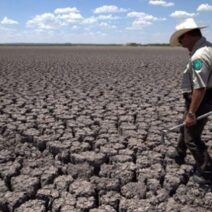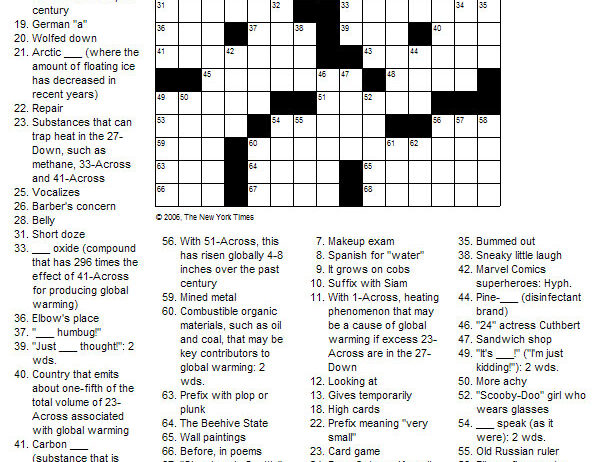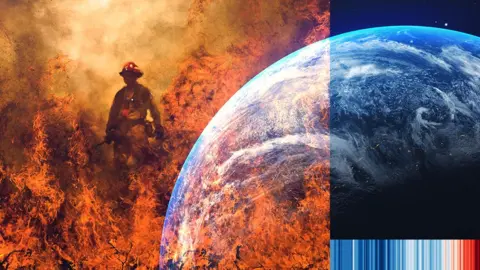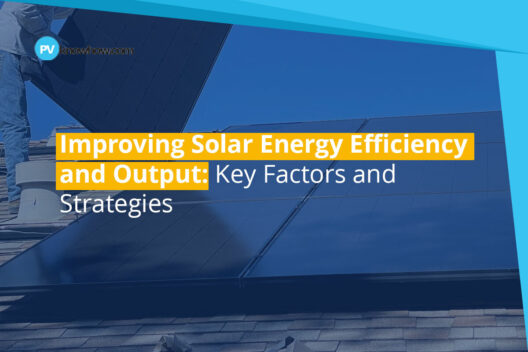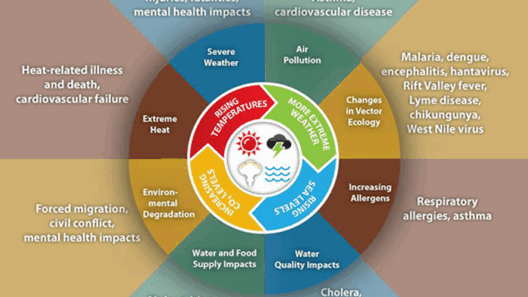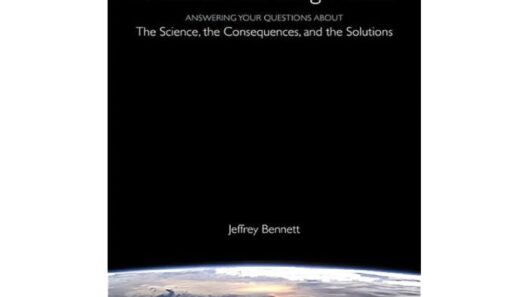The Polar Vortex is a meteorological phenomenon that has garnered significant attention in recent years, often serving as a focal point for discussions surrounding climate change. Each winter, it seems, news reports highlight its impacts—unanticipated cold snaps, blizzards in atypical regions, and variable weather patterns—all of which provoke a sense of wonder and concern among the global populace. However, these instabilities are more than just curiosities; they form part of a complex narrative that illustrates how global warming fundamentally alters our atmospheric dynamics.
Understanding the Polar Vortex requires an exploration of its intrinsic characteristics. The Polar Vortex is a large area of low pressure situated near the poles, primarily affecting the Arctic region. When strong, it tends to remain intact, containing the frigid air within its circumscribed boundaries. Conversely, when it weakens or becomes disrupted, as seen in recent winters, it can lead to the exacerbation of cold air outbreaks that drift southward into typically warmer climates. This oscillation catches the attention of scientists and citizens alike, raising pressing questions about what these alterations signify.
Our planet’s climate system is an interlinked tapestry formed by numerous intricate relationships, and the Polar Vortex is but one thread in this far-reaching pattern. As global temperatures rise, primarily due to human-induced greenhouse gas emissions, the typical behavior of the Polar Vortex is undergoing profound changes. Most notably, the increasing warmth of the Arctic region appears to be playing a pivotal role in the weakening of this phenomenon. As ice melts and permafrost thaws, our planet’s heat balance shifts. The result? A more erratic and unstable Polar Vortex.
These changes prompt curious observations regarding the paradox of warming contributing to severe winter conditions. Why, some might ask, does a warmer world lead to a more chaotic Polar Vortex? The answer lies in momentum dynamics. As Arctic temperatures rise faster than those at mid-latitudes—a phenomenon known as Arctic amplification—the temperature gradients that drive atmospheric circulation patterns become less pronounced. This reduction in temperature differential instigates a less stable Polar Vortex, causing it to oscillate and intrude upon lower latitudes with unprecedented frequency.
This dynamic is neither trivial nor isolated; rather, it serves as a microcosm of how global warming alters weather patterns on a broader scale. The visible impacts of a weakened Polar Vortex extend far beyond prolonged winter conditions. They can disrupt agricultural cycles, shift precipitation patterns, and exacerbate already increasingly volatile weather phenomena, such as heatwaves and significant rainfall events. The compelling contradiction that the oceans can boil alongside stunned snowfall epitomizes the grave reality we face.
Moreover, the increased unpredictability of the Polar Vortex leads to a fundamental rethink of weather forecasting practices. Meteorologists must now develop broader contextual models that incorporate these complex shifts yet still provide the reliability we have come to expect. Traditional models relying on historical data face limitations as the historical patterns themselves are being rewritten. It challenges the very way humanity perceives and interacts with nature’s cycles, prompting a greater emphasis on resilience-building mechanisms to combat the implications of such climatic shifts.
The implications of a volatile Polar Vortex extend to various environmental sectors, each replete with its own challenges. For instance, ecosystems that thrive in previously stable conditions may face existential threats. Species adapted to specific climates find respite amidst adversity increasingly elusive. Coral reefs, vulnerable to thermal stress, present a vivid analogy of how interwoven the fates of climate systems and natural habitats are. The fragility of our ecosystem becomes evident as each component becomes more susceptible to the cascading effects of climate disruption.
Furthermore, human societies are not immune to these transformations. As we grapple with the shifts precipitated by a weakened Polar Vortex, there is an urgent need to address the socio-economic ramifications that ensue. Vulnerable populations, particularly in developing nations, bear the brunt of erratic weather patterns with limited capacity to adapt. The displacement of communities, food insecurity, and public health concerns are all exacerbated by the relentless march of climate change, intertwining humanity’s fate with the fate of the Polar Vortex.
In conclusion, the Polar Vortex represents a poignant facet of climate change—a phenomenon that is both a puzzle and a clarion call for action. As we recognize that our planet’s systems are inextricably linked, we must shift our lens from mere observation to proactive engagement. A deeper understanding of the complexities governing atmospheric behavior is essential in developing adaptive strategies. The challenge ahead is formidable, yet steering discourse towards awareness and pragmatic solutions can foster resilience against climate upheaval.
Embracing new paradigms for collaboration will be crucial as we transcend traditional boundaries and innovate our response to a warming planet. Recognizing truly that the health of the Polar Vortex mirrors the health of the environment can catalyze meaningful action to combat the existential threat posed by climate change. Our future hinges on comprehensive stewardship of the Earth and its multifaceted systems.


